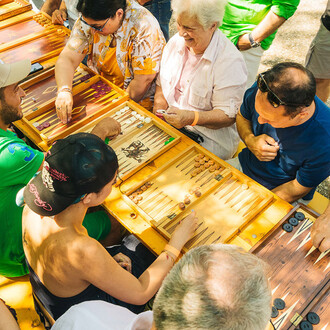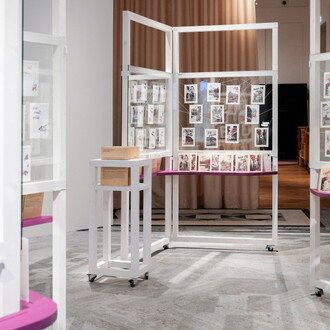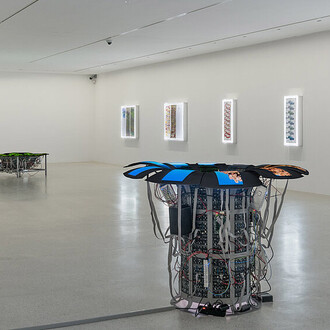The Bank Austria Kunstforum Wien is devoting its major 2020 autumn exhibition to an artist who until now was a rare guest in the Austrian capital: Gerhard Richter (b. 1932 in Dresden), noted internationally as the most important living painter, will show a comprehensive retrospective of his landscapes in the Kunstforum. It will be the first exhibition world wide that focuses so extensively and intensifly on this genre. Besides numerous oil paintings, the exhibition will show drawings, printed graphics, photography, artists’ books and objects that reflect the theme of “landscape” from the 1960s until today. It will include famous main works as well as those that were seldom or never previously shown to the public.
The exhibition is structured into five major thematic sections and starts out with the landscapes that Richter produced based on his own photographic motifs or those he found by chance and which, in their sectional character, pictorial composition and colouring, show a decidedly photographic aesthetic. Richter expresses a “yearning” and “dream of classical order and the Golden Age” in numerous atmospheric landscapes, reminsicent of the art of Caspar David Friedrich. Richter contemplates on the lost potential of a painting style as it might have been practised in the Romantic age. He calls his pictures “cuckoo’s eggs” because they are experienced as romantic but cannot continue Friedrich’s spiritual tradition. The landscape plays a key role also as regards the development of Richter’s abstract painting: especially in the 1960s and 1970s he produced strongly abstracted pictures of mountains, parks, constellations and the sea. These works oscillate between realistically rendered landscapes and a subjective use of the paint material in broad, pastose brush strokes. In the 1970s and 1990s Richter created landscapes also in the form of fictional constructs that in reality could scarcely or not at all exist. Sea, mountain and cloud pictures were juxtaposed as motifs so that in their size or constellation they suggest a totality of nature that goes beyond all real experience. Richter seems to be questing after the aesthetic category of the sublime in these visionary concepts. Finally the exhibition presents his works of abstract overpainting: oil paint was applied onto the surface of landscape paintings, photographs and printed graphics in non-representational form. The two simultaneous levels of reality paradoxically become bonded in a close, subtle symbiosis: they seem to be an interconnected unity, with a charged tension generated by the clear opposition of the different forms of production. This results in a surprising ambivalence between realism and non-objectivity, of seeming and reality.
Important international loaners, including the MoMA New York and the Art Institute Chicago, also many top-class private collections, are supporting the exhibition project, which has been in preparation for many years. The show will have around a hundred and fifty works on display and is being organised with the generous help of Gerhard Richter and in cooperation with the Kunsthaus Zurich.
















